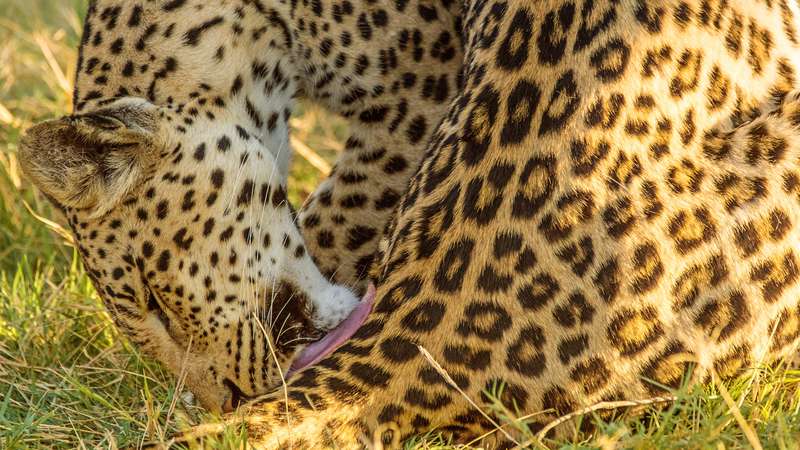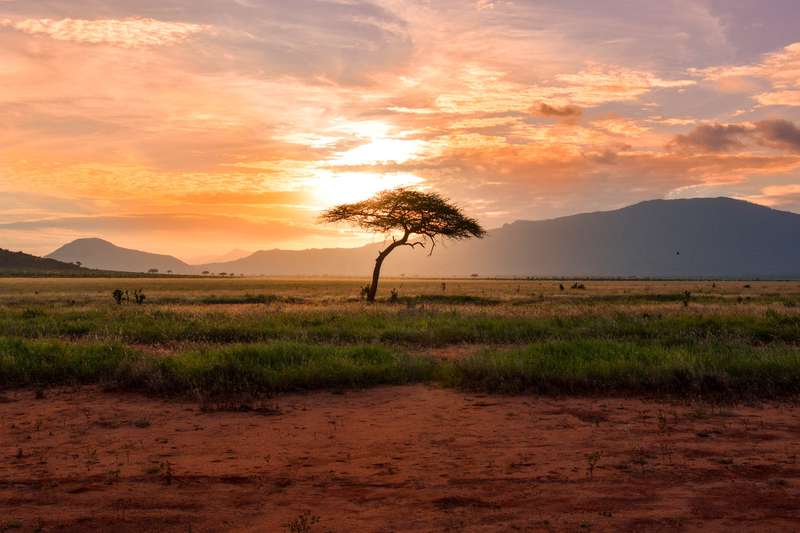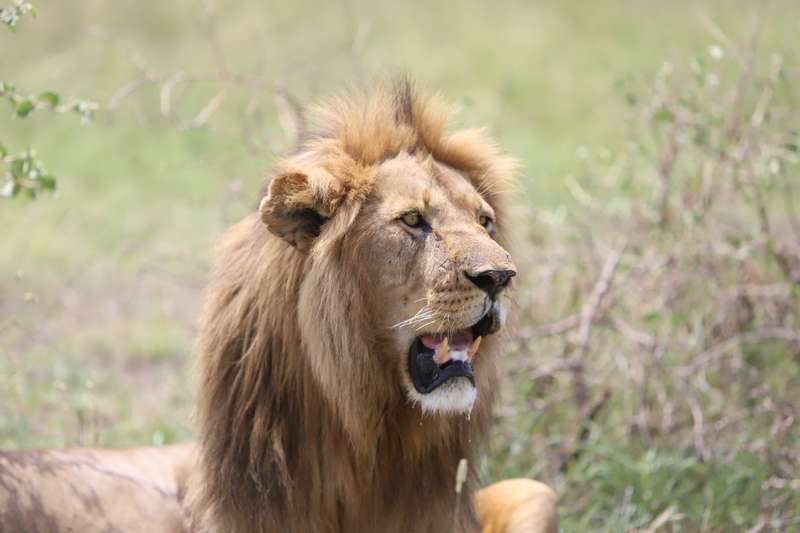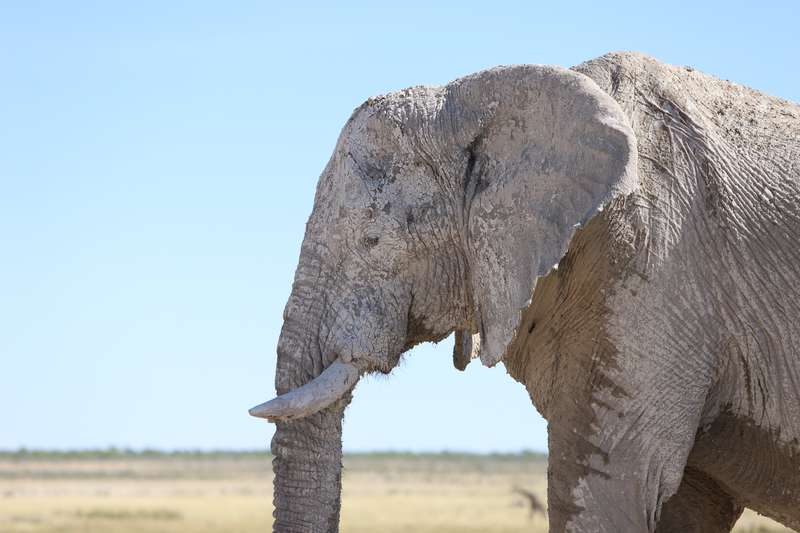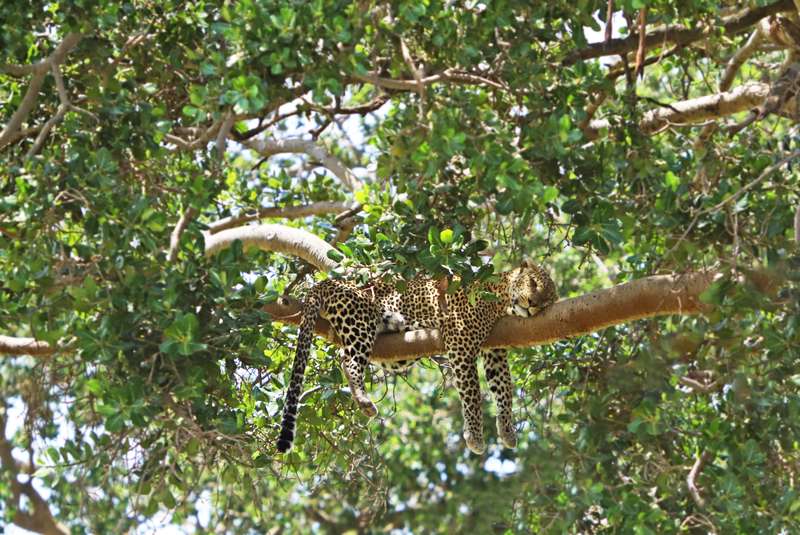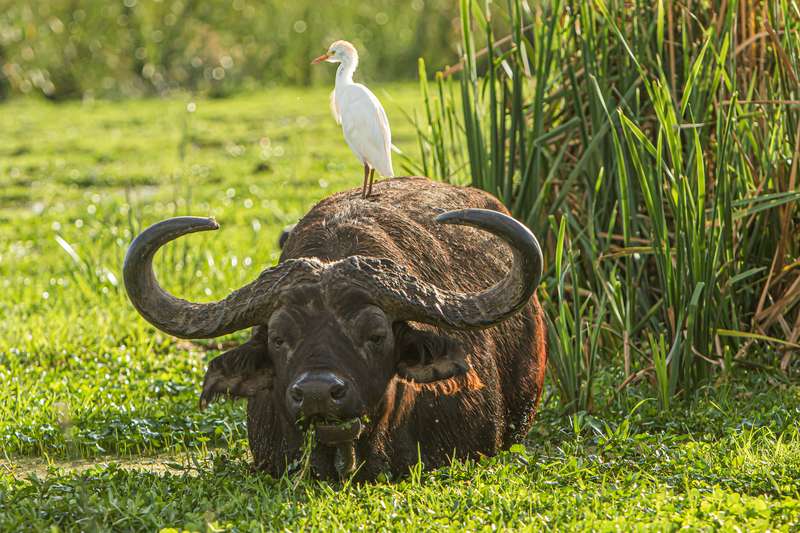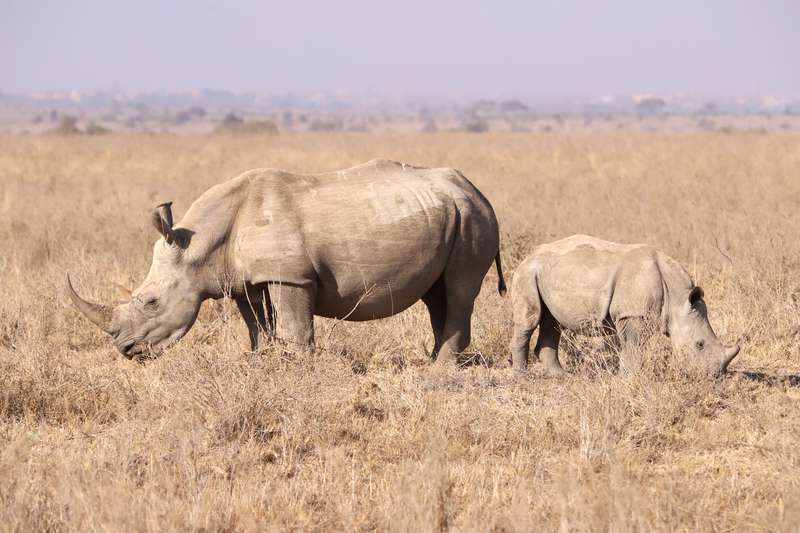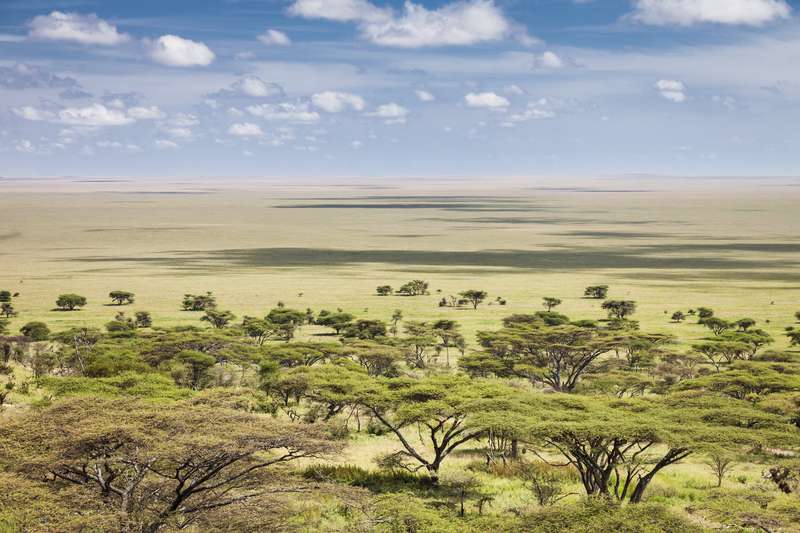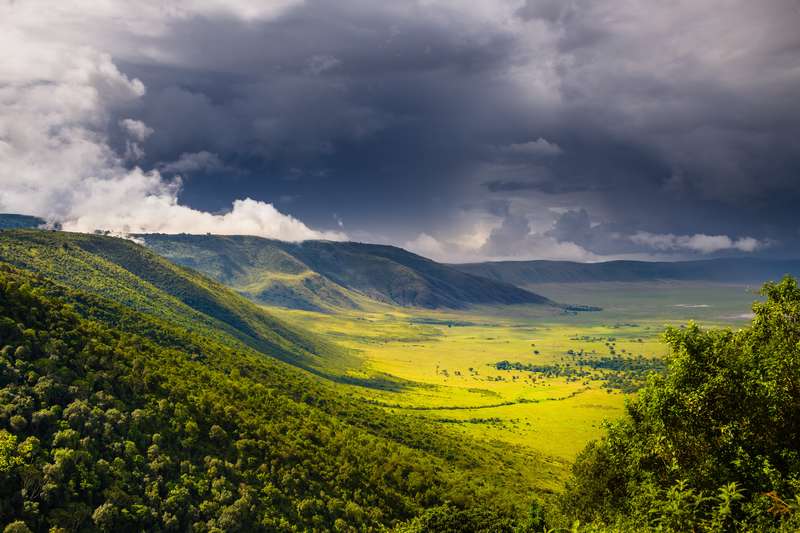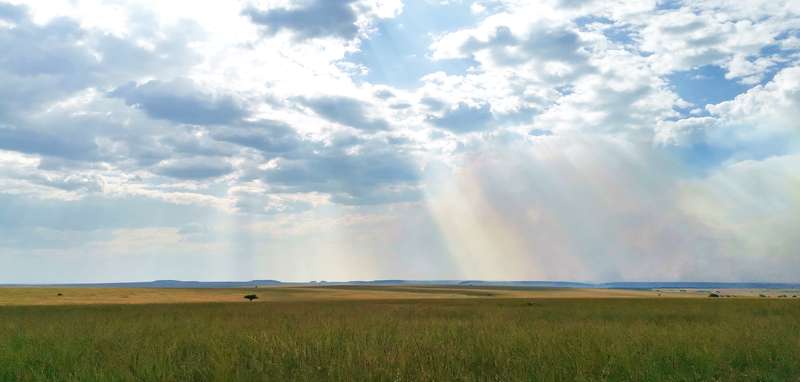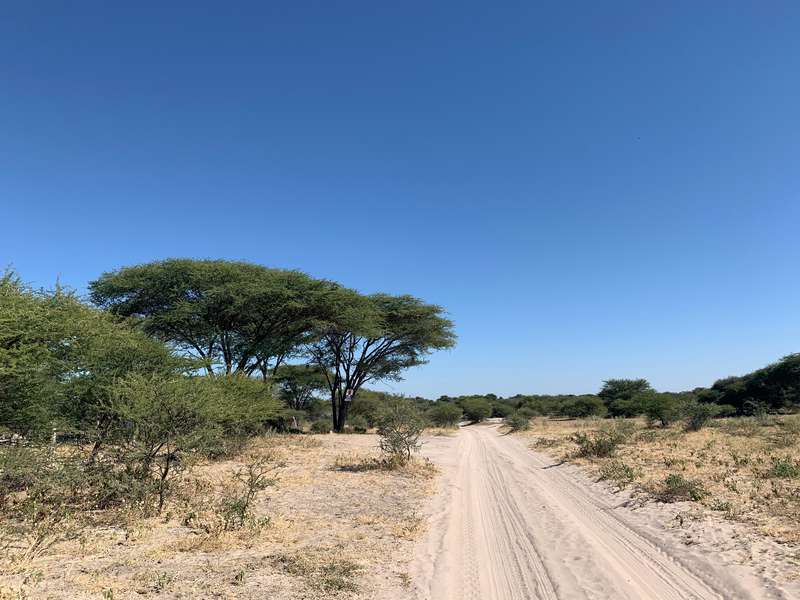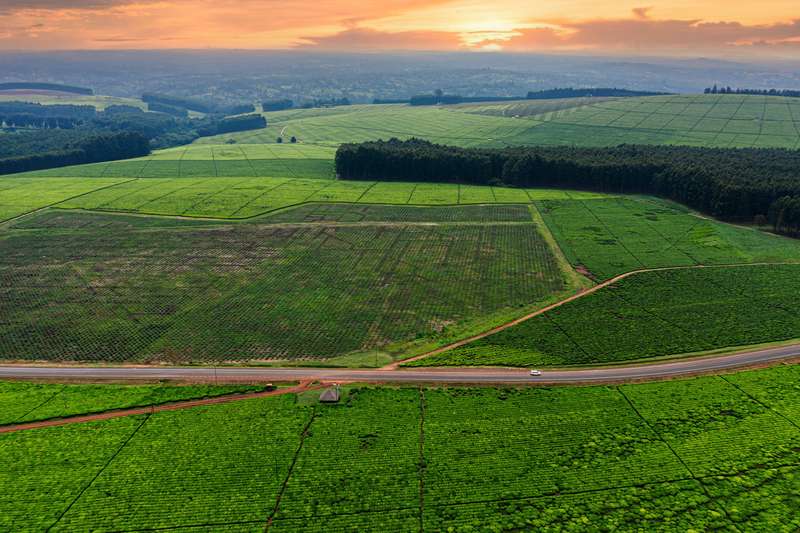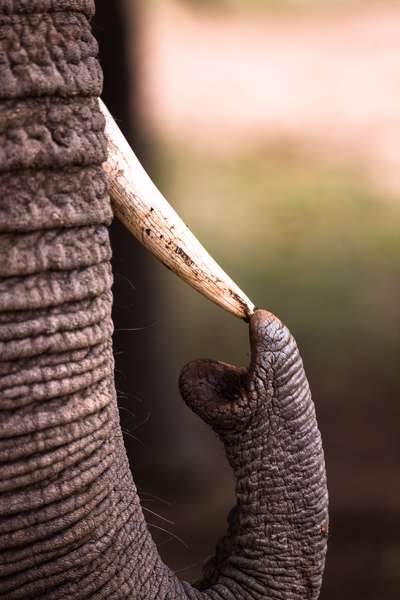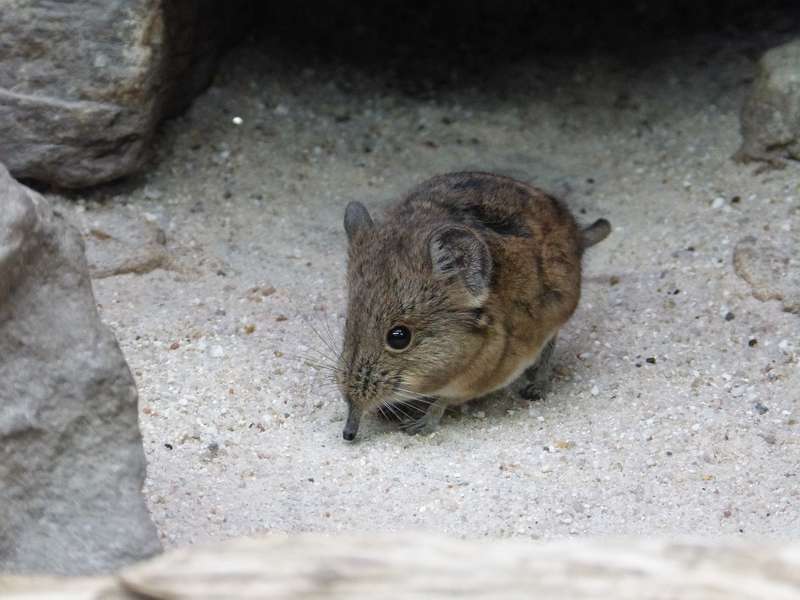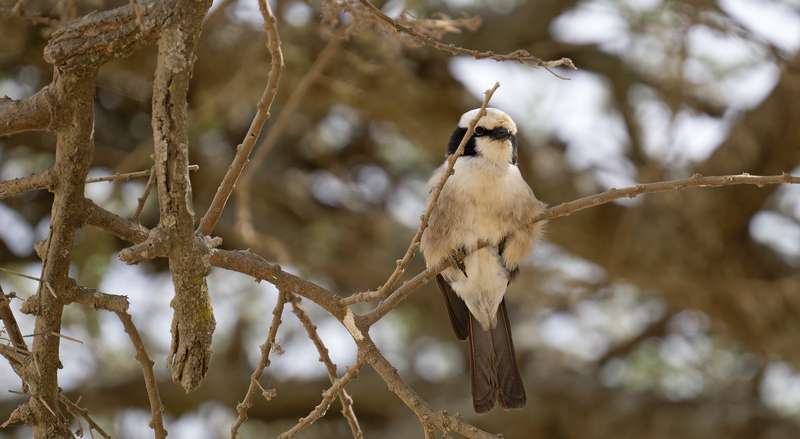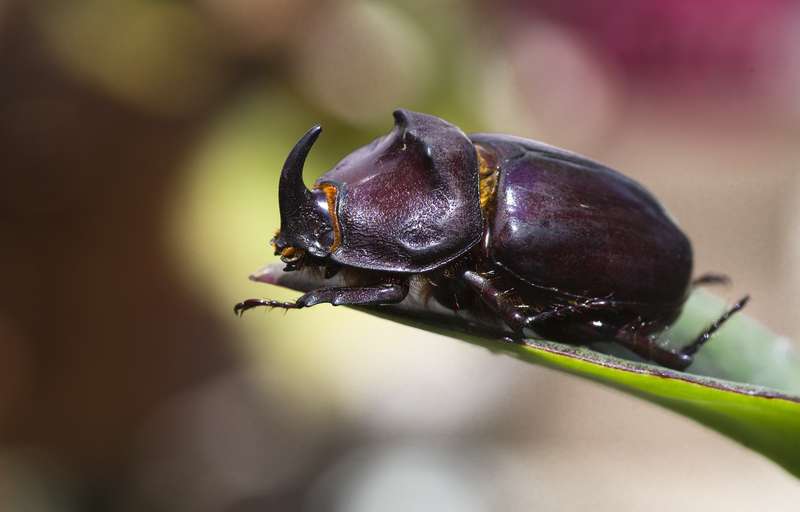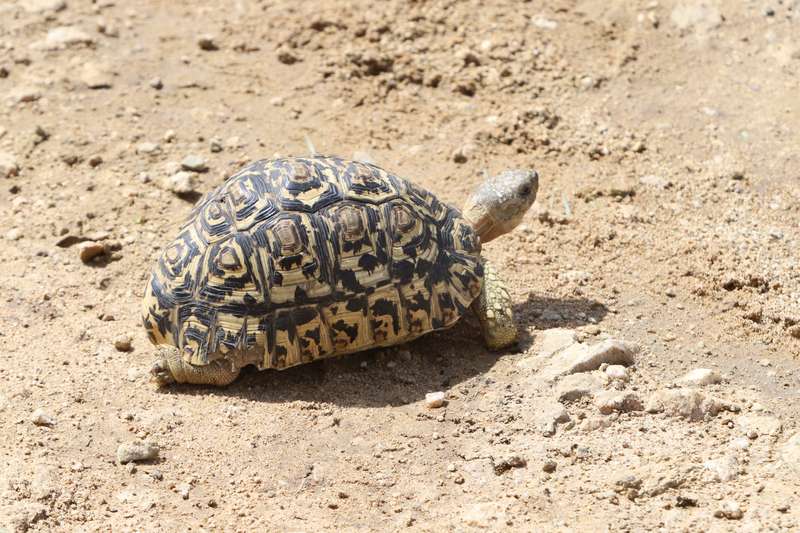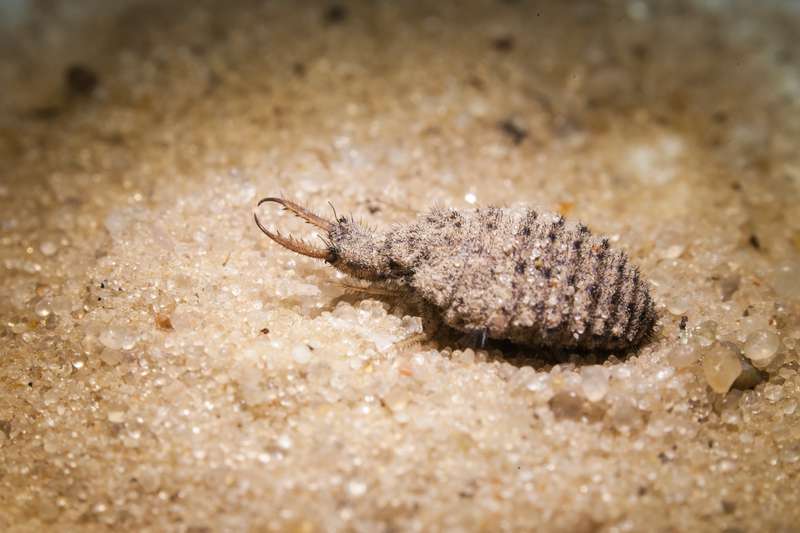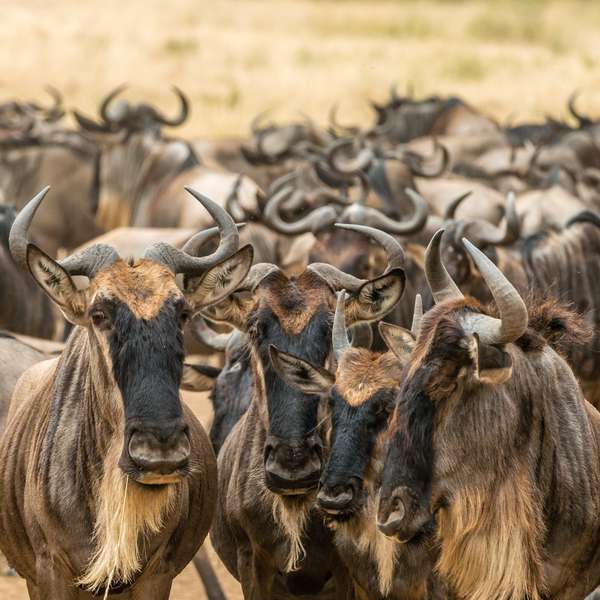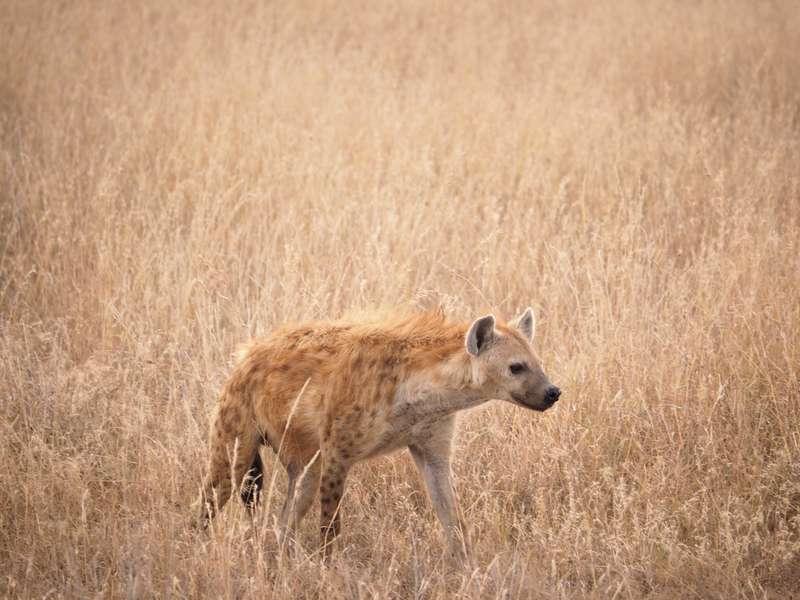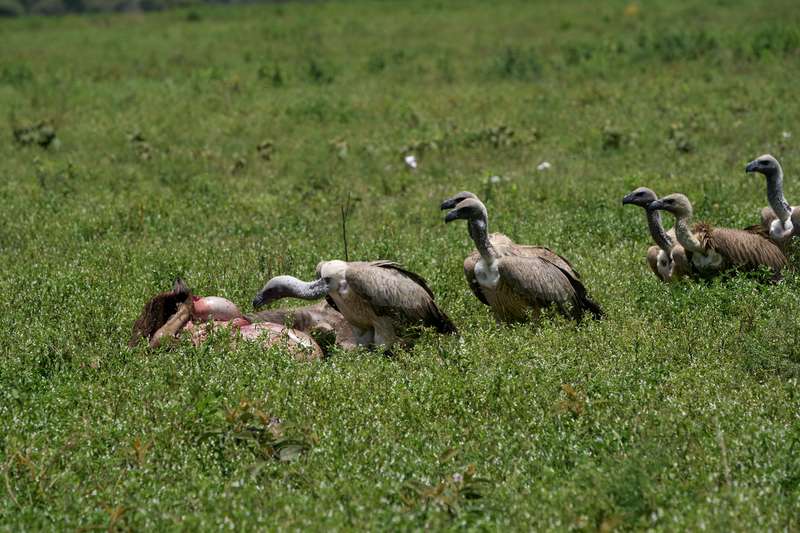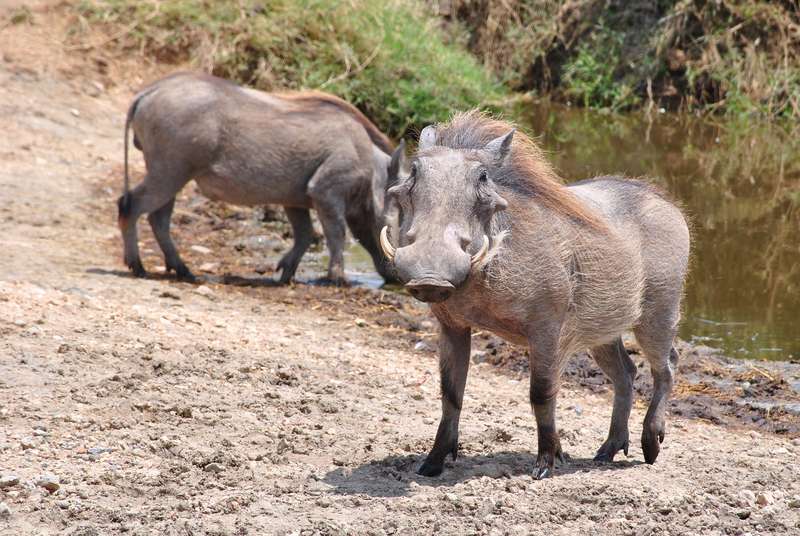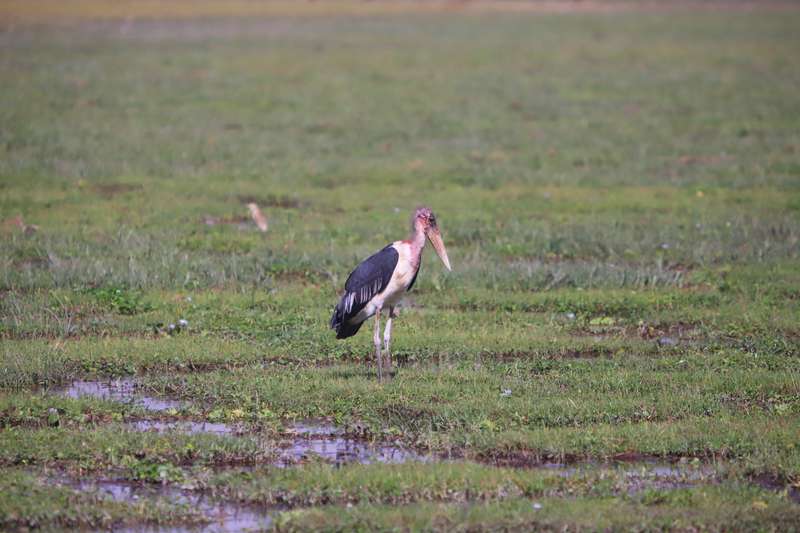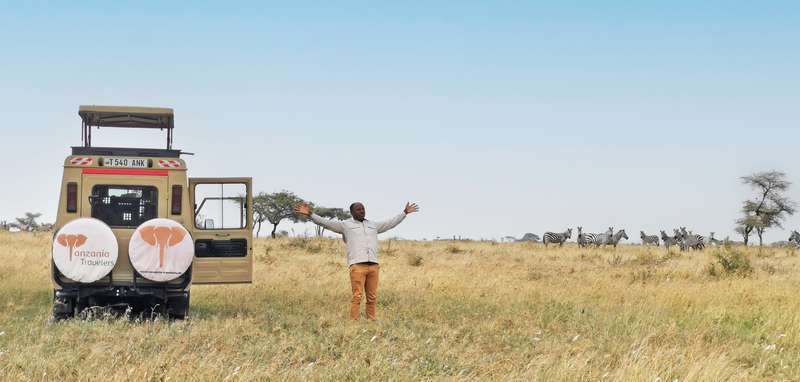Big Five: Everything You Need to Know About Lions, Elephants, Leopards, Buffalos and Rhinos
Africa, a continent known for its breathtaking landscapes, rich culture and diverse wildlife, attracts adventurers and animal lovers from all over the world year after year. At the heart of this fascination are the Big Five: lion, elephant, leopard, buffalo and rhino. But there is more to this term than just a list of animals. In this article we will explore in detail the Big Five, their significance, where best to find them, the origin of the name, why you should see them and the lesser known Ugly Five and Small Five.

The importance of the Big Five
Lion (Panthera leo): The lion, the “king of beasts,” stands as a symbol of courage, strength and royal power. With its majestic mane and deep roar, it is a central feature of the African savannah. Living in prides, the lion exhibits amazing teamwork in hunting and caring for its young. He is not only a skilled hunter, but also a loving family man who is closely bonded to his pride.
Elephant (Loxodonta Africana): The African elephant is a gentle giant, known for its intelligence, emotional depth and complex social structures. As the largest land mammal on earth, the elephant impresses with its massive size, long tusks, and distinctive trunk. Elephant families are often led by a matriarch who preserves the knowledge and experience of the clan. Her memory, love and compassion make the elephant one of the most fascinating animals in the world.
Leopard (Panthera pardus): The leopard is the symbol of grace, elegance and strength. One of the most adaptable big cats, it can be found in a variety of habitats from deserts to tropical forests. The leopard is a solitary hunter, famous for its camouflage and its ability to skillfully drag its prey into trees. Its beautiful rosettes and smooth gait have made it one of the most admired predators.
Buffalo (Syncerus caffer): The Cape buffalo embodies determination, strength, and community. One of the few animals that can defy a lion, the buffalo is known for its robust constitution and imposing horns. As a herd animal, community plays a central role in the buffalo’s life. The herd protects the weak and young and moves in a formation that shows cohesion and coordination.
Rhinoceros (White and Black): The rhinoceros, a primitive and powerful animal, represents strength and endurance. With its thick skin and distinctive horn, the rhino is unique among mammals. Unfortunately, it is also one of the most endangered animals, as it is illegally hunted for its horn. The white and black rhino, the two main species in Africa, play an important role in the ecosystem by maintaining the balance of vegetation as large herbivores.
The Big Five are not just Africa’s most famous animals; they are a reflection of the diversity, beauty and complexity of the continent itself. From the majestic grace of the leopard to the emotional depth of the elephant, these animals represent a world waiting to be discovered. An encounter with the Big Five is an experience that goes far beyond simply viewing animals. It is an immersion into a world that is both foreign and familiar to us, a window into the heart and soul of the wilderness itself.
The origin of the name “Big Five”
The term “Big Five” has its roots in big game hunting. It refers to the five animals that were considered the most difficult and dangerous to hunt on foot. Today, the term is more synonymous with admiring these animals in their natural habitat through safaris and game viewing.
Where can you find the Big Five?
The Big Five can be found in many parts of Africa, but some places offer a particularly great chance of seeing them:
Serengeti National Park, Tanzania: The endless plains of the Serengeti are the epitome of African wilderness. The variety and number of animals here are breathtaking. The Serengeti is especially famous for the annual migration of millions of animals. It is a place where you can experience the dynamics of nature on an epic scale, with the Big Five as the main attractions.
Ngorongoro Crater, Tanzania: The Ngorongoro Crater is a geological wonderland and one of the best wildlife areas in the world. The walls of the crater create a natural amphitheater for one of the densest concentrations of wildlife in Africa. The Big Five live here in relative proximity to each other, increasing the chances of seeing them all during a single safari. The scenic beauty and diversity of wildlife make the Ngorongoro Crater an absolute highlight of any visit to Africa.
Masai Mara National Reserve, Kenya: The Masai Mara is perhaps the most famous national park for the Big Five and is home to one of the largest densities of predators in the world. Here you can experience the Great Migration, when hundreds of thousands of wildebeest and zebra cross the savannah. The Masai Mara is an animal lover’s paradise, offering unparalleled opportunities to see lions, elephants, leopards, buffalo and rhinos in their natural habitat.
Kruger National Park, South Africa: Kruger National Park is one of the largest and oldest national parks in Africa. It offers an impressive variety of animal and plant species. The well-developed infrastructure makes it an ideal place for first-time visitors who want to see the Big Five. From guided safaris to self-drive tours, the Kruger offers something for everyone.
Chobe National Park, Botswana: Known for its huge elephant population, Chobe National Park is a must-see for elephant lovers. Its proximity to the Okavango Delta makes it a unique ecosystem with an abundance of wildlife. From river cruises where you can see elephants bathing to jeep safaris following buffalo and rhino, Chobe offers an unforgettable experience.
Watching the Big Five in the wild is an incomparable experience that will make the heart of any nature and animal lover beat faster. However, it is important to note that wildlife viewing in the wild is unpredictable and there is no guarantee of seeing all members of the Big Five. It takes patience, luck and the proper expertise of an experienced guide to experience these impressive animals in their natural habitat. Nevertheless, the endless plains of the Serengeti to the unique beauty of the Ngorongoro Crater offer a doorway to a world that reminds us how amazing and precious our planet is.
Species conservation - the challenges of survival
The Big Five are not only iconic symbols of Africa, but also species facing serious threats. Their conservation is critical to maintaining biodiversity and ecosystem balance.
Lion: The African lion, once widespread across the continent, now faces serious challenges as its habitat steadily shrinks. Expansion of human settlements, conversion of land for agriculture, and resulting conflicts with humans are putting significant pressure on lion populations. Reductions in prey due to poaching and overhunting exacerbate the threat.
Elephant: The African elephant is tragically affected by poaching, mainly due to the high demand for ivory. Illegal ivory markets drive the slaughter of these majestic animals. This is compounded by habitat loss due to human activities, forcing elephants into increasingly restricted areas and leading to conflicts with humans.
Leopard: The shy and elusive leopard also faces serious threats. Hunting for its stunning pelts for trade, loss of its natural habitat to logging and human development, and competition for prey with other predators have threatened its existence.
Buffalo: While the African buffalo is less threatened than other members of the Big Five, it too faces challenges. Loss of rangeland to agriculture, diseases carried by domestic animals, and human conflict can affect local populations and cause populations to dwindle in some areas.
Rhino: Perhaps the most threatened of the Big Five, rhinos are in serious danger from poaching for their horns. High demand for rhino horn in some parts of the world has driven poaching, especially of black rhino, which are considered critically endangered. Habitat loss and human disturbance have further complicated the survival of these impressive creatures.

These threats highlight the urgent need to protect the Big Five. Conserving these iconic animals is not only important for biodiversity conservation, but also for the economies of the countries they inhabit, as they play a key role in tourism. Through collective efforts and conscious choices, we can help preserve these unique and indispensable parts of our global heritage.
How can we protect the Big Five?
Protecting the Big Five is a complex task that requires governments, organizations, and individuals to work together. Here are some actions we can take:
Support conservation organizations: There are many nonprofit organizations dedicated to protecting the Big Five. We can support their efforts through donations or volunteering.
Responsible Tourism: By selecting safari operators who are committed to responsible wildlife and environmental stewardship, we can help promote the positive impact of tourism on Big Five conservation.
Education and awareness: Raising awareness of the threats facing the Big Five and engaging in educational initiatives can help encourage more people to invest in their conservation.
Avoiding products made from poaching: Making a conscious decision not to purchase products made from Big Five parts can reduce demand for these items and thus curb poaching.

Conservation of the Big Five is not just a matter for conservationists and governments. It affects all of us. By understanding the threats, supporting conservation efforts, and recognizing the efforts of countries like Tanzania and Kenya, we can help ensure that these animals are preserved for future generations. The Big Five are not only part of Africa’s heritage, but also an invaluable asset to humanity and the planet itself. Their conservation should be a global concern.
The Small Five
The “Small Five” are a humorous addition to the Big Five. This group consists of animals whose names are reminiscent of their larger counterparts:
Elephant Shrew: A tiny mammal with a proboscis-like beak, used mainly for detecting food.
Buffalo Weaver: A bird known for its communal nests that often house hundreds of birds.
Rhinoceros Beetle: Named for its distinctive horns used to combat rivals during mating season.
Leopard tortoise: One of Africa’s largest tortoise species, named for the leopard-like pattern on its shell.
Anteater lion: An insect larva that hunts ants with its funnel traps, similar to a lion lying in wait.
The Ugly Five
The Ugly Five is a tribute to some less traditionally “beautiful” animals that are nonetheless fascinating:
Gnu: A survivalist whose annual migration is spectacular.
Hyena: An effective hunter with complex social structures, known for its varied sounds.
Vulture: An efficient “cleaner” that plays a key role in disease prevention.
Warthog: An intelligent and quick animal, known for its prominent tusks.
Marabou: A large bird and remarkable survivor, known for its unusual appearance.
These two groups, the Small Five and the Ugly Five, illustrate the diversity and richness of African wildlife. They remind us that beauty and meaning are often found in unexpected forms.
In a Nutshell
The Big Five are more than just a slogan for tourists; they are a symbol of the beauty, diversity and complexity of the African wilderness. Whether you’re an animal lover, an adventurer, or just curious about the world, the experience of meeting the Big Five is a once-in-a-lifetime experience you’ll never forget. Get inspired by the wilderness and plan your trip to experience the Big Five, the Ugly Five and the Small Five for yourself.
The continent is waiting to share its secrets with you, and there is no better way to truly get to know Africa than to experience these incredible animals in their natural environment.

 English
English Deutsch
Deutsch
